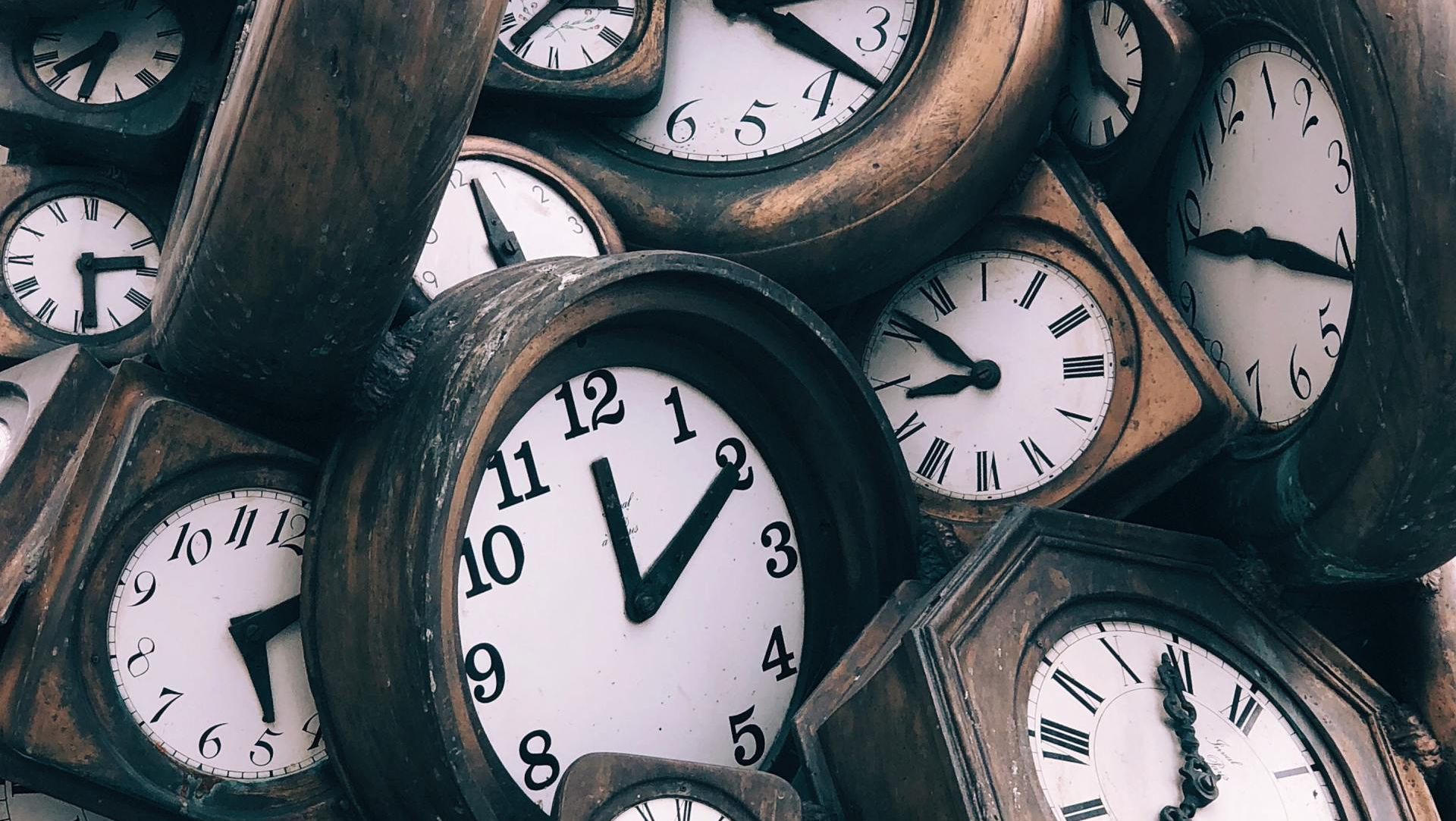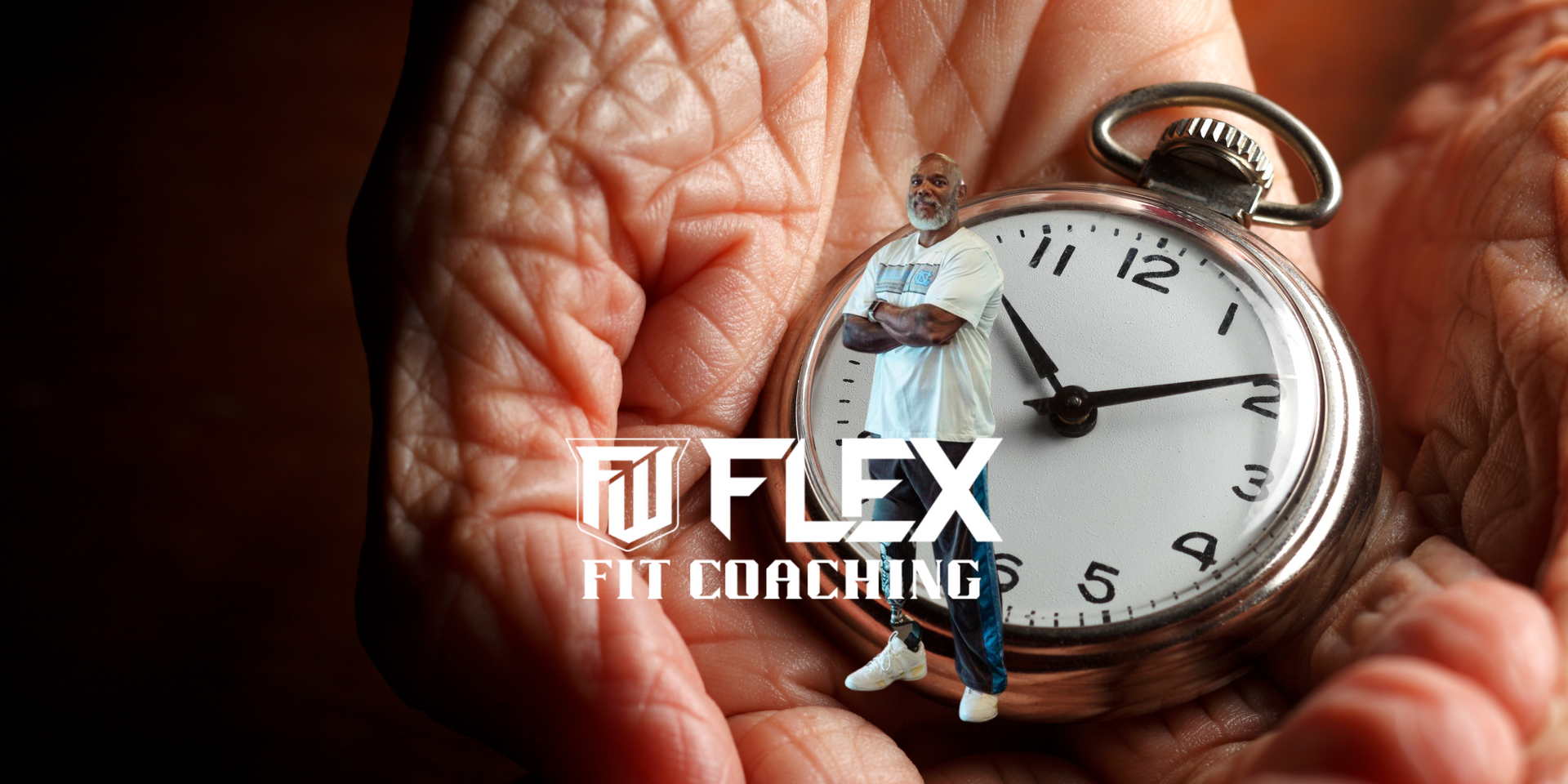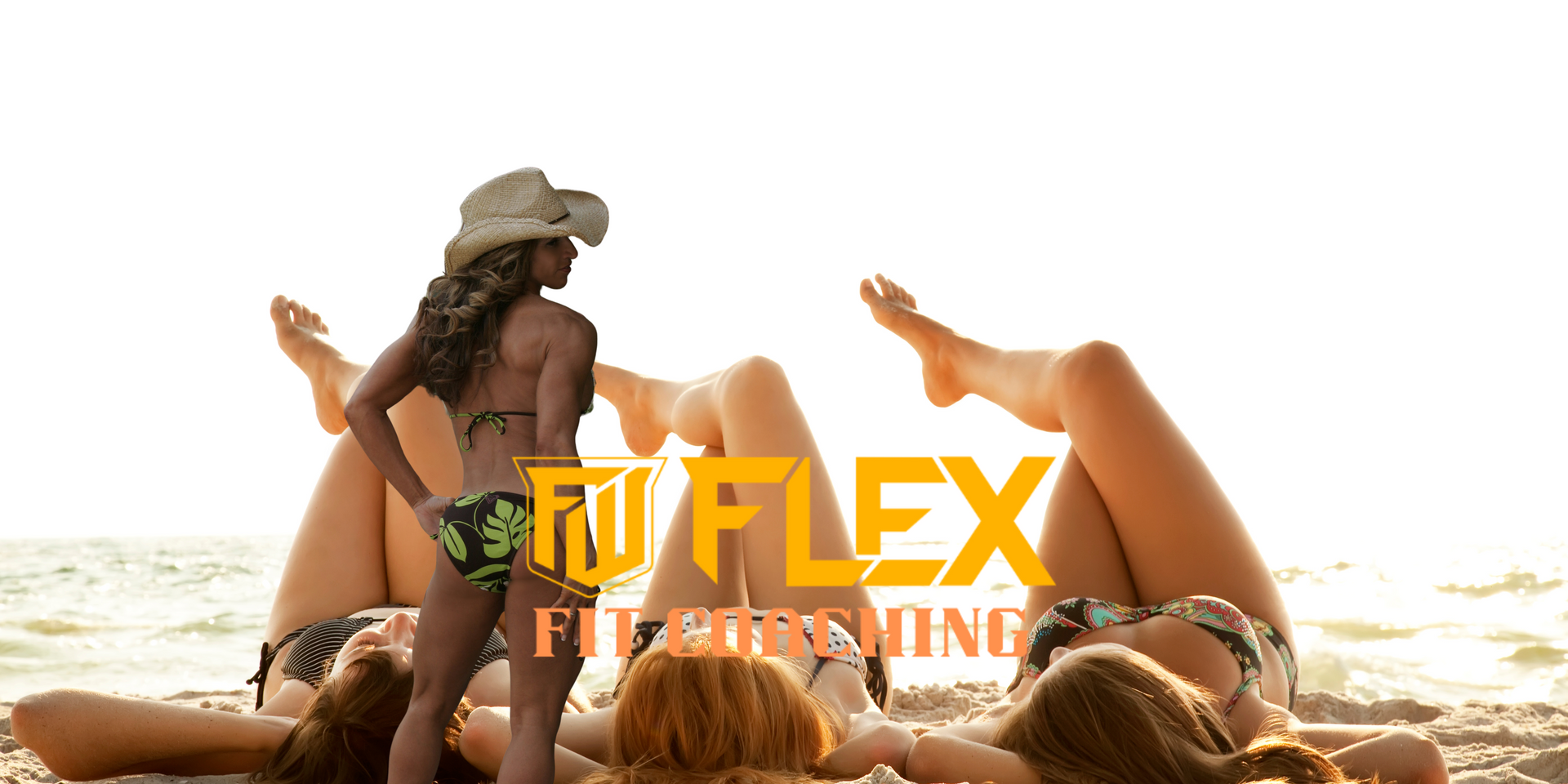Circadian Rhythms and Training
Flex Wheeler • July 15, 2021
How does the body operate differently throughout the day?

What is the best time of the day to train? First off, this is a perfect word scenario where you can workout whenever you want...no schedule to think of. Second, and maybe most important, let’s forget all of the stuff bodybuilders will tell you. Forget about early morning, fasted cardio. Our goal here is getting as healthy as possible, as vital as possible...not stepping on stage. Remember, that’s not me anymore.
So, with that in mind, is there an “optimal” time of the day to get your workout in? Since this is a blog and not a news article, we’ll keep it short and sweet and then let you apply the knowledge.
We have to look at Circadian Rhythms. A circadian rhythm, in basic terms, is a 24-hour cycle controlling all the physiological processes of humans...and animals, but we’re not touching that one today. What does the circadian clock control? It controls functions including the organization of sleep/wake patterns, control of your hormones and metabolism, and even athletic performance. And yes, there is a direct link to Circadian Rhythms and the sun and moon, as well as time zones.
Those rhythms become responsive and adapt to environmental changes such as light/dark cycles (the daylight and nighttime), food intake, and even exercise. The most important aspects to keep in mind for optimal training time(s) are its effects on regulation of nervous system activity and hormonal production, which can be as important as training and nutrition. By understanding these processes you may have a better idea of when to train and how the time of day may affect your results. For instance, exercise/activity prompts the body to release glucocorticoids as a response. One of those glucocorticoids is cortisol...not something you want an excess of prior to going to bed for the night...so, you can see why training late at night, with the correlative hormonal response to exercise can affect your sleep, and overall hormonal cycle. That is just one way to look at the correlation.
For purposes of this blog post, let’s put a simple timeline together:
02:00 Deepest Sleep
04:30 Lowest Body Temp
06:45 Sharpest Rise in BP
07:30 Melatonin Secretion Stops
08:30 Likely Bowel Movement
09:00 Highest Testosterone Secretion
10:00 High Alertness
14:30 Best Coordination
15:30 Fastest Reaction Time
17:00 Optimal Cardiovascular Efficiency and Muscular Strength
18:30 Highest Blood Pressure
19:00 Highest Body Temp
21:00 Melatonin Secretion Begins
22:30 Bowel Movements Suppressed
We will address how to implement this information into your training program in later blogs. Timing is something we address in all Flex Wheeler Development Programs with members.









